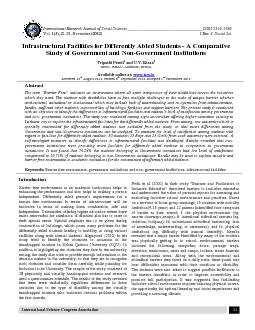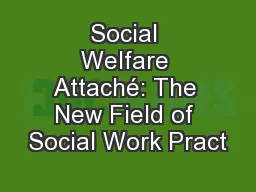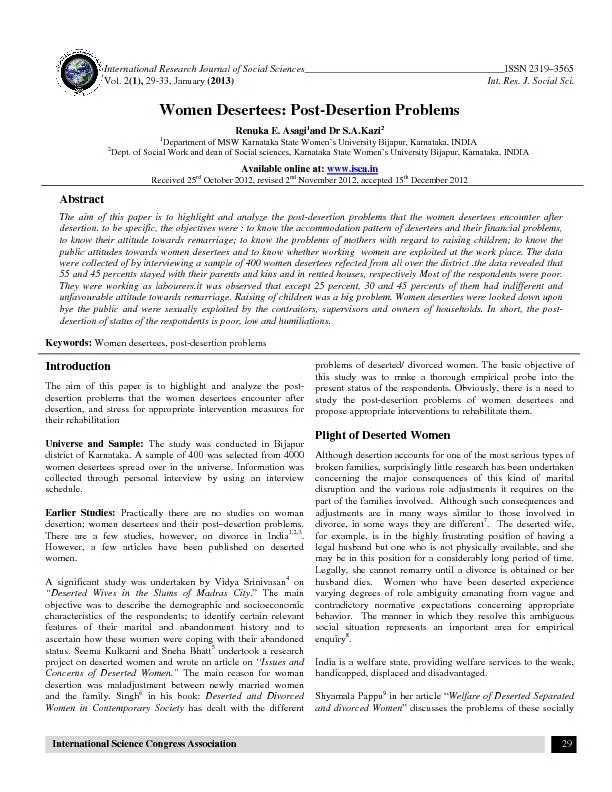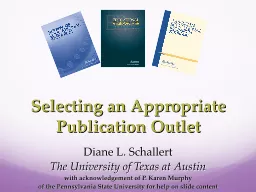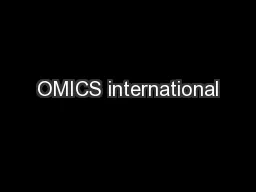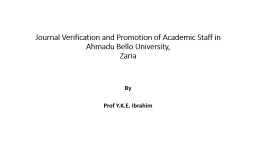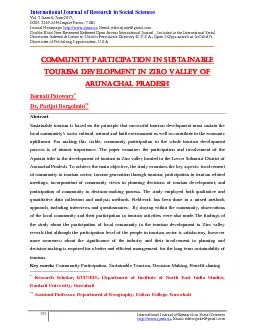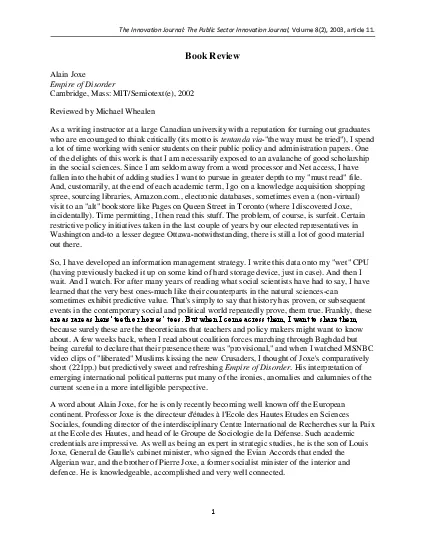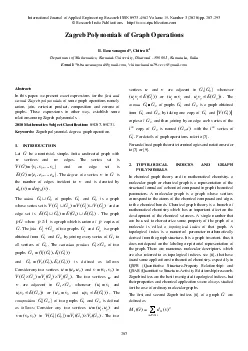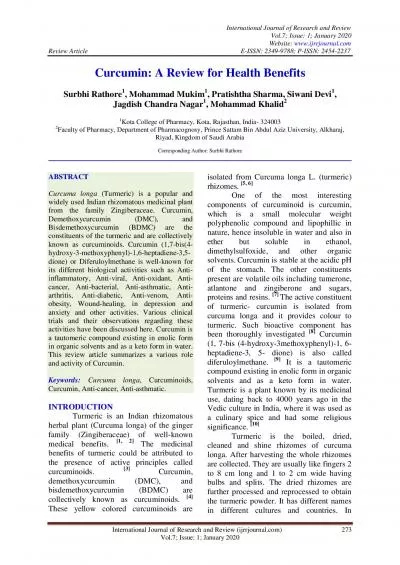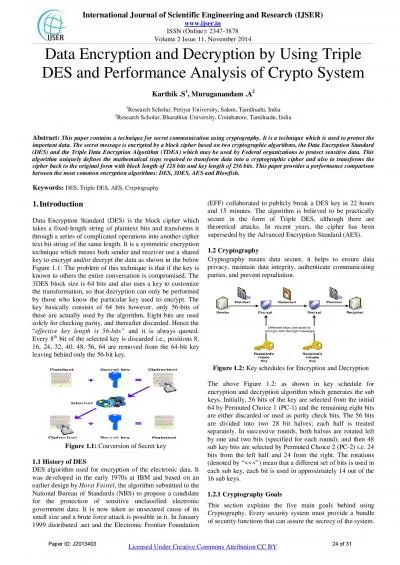PDF-International Research Journal of Social Sciences_____________________
Author : cheryl-pisano | Published Date : 2015-08-15
21 Infrastructural Facilities for Differently Abled Students A Comparative Study of Government and NonGovernment InstitutionsTripathi Preeti and UV Kiran SHSc BBAU
Presentation Embed Code
Download Presentation
Download Presentation The PPT/PDF document "International Research Journal of Social..." is the property of its rightful owner. Permission is granted to download and print the materials on this website for personal, non-commercial use only, and to display it on your personal computer provided you do not modify the materials and that you retain all copyright notices contained in the materials. By downloading content from our website, you accept the terms of this agreement.
International Research Journal of Social Sciences_____________________: Transcript
Download Rules Of Document
"International Research Journal of Social Sciences_____________________"The content belongs to its owner. You may download and print it for personal use, without modification, and keep all copyright notices. By downloading, you agree to these terms.
Related Documents

